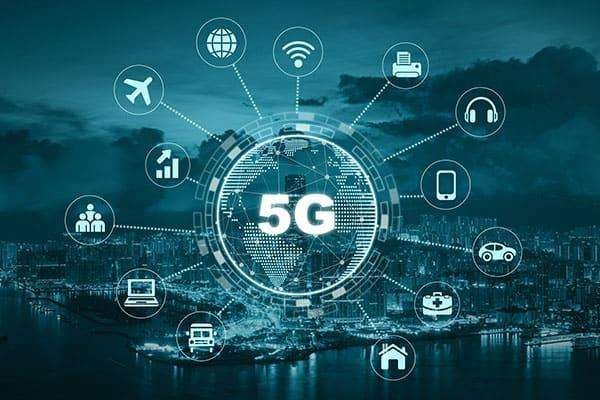Every time the world faces a global change of generations of mobile networks, everyone starts talking about the revolutionary nature of these changes.
Indeed, the transition to a new number next to the unchanging letter G is an acceleration of data transfer and new opportunities. We can safely talk about a new round of development of the digital economy. The emergence of new “smart” devices, and an improvement in the quality of life of ordinary consumers. Let’s remember how 3G networks changed our lives less than two decades ago. What a great variety of technologies and services have become available to us with the fourth-generation networks, 4G LTE.
Fifth Generation Networks Breakthrough
Today, the whole world is on the verge of the spread of fifth-generation networks. Over the many years their specifications were being developed and approved at the international level. We have learned a lot about the opportunities that the effective use of 5G networks will bring to humanity. This is a significant leap in the development of the Internet of Things technologies. Only science fiction writers and futurologists wrote about at the beginning of the 21st century. In a number of countries, 5G networks are already being actively put into industrial operation. New IT and telecommunications infrastructure is being created on their basis. In other countries, fifth-generation networks are only taking their first steps. They are overcoming various problems, such as difficulties with the release and allocation of frequencies. But let’s remember that 3G networks were not distributed without problems and delays. Be that as it may, no one disputes the progress of new-generation networks for the digital economy. Sooner or later, the barriers will disappear. Operators and enterprises will have to connect and get used to the new reality as quickly as possible. We need to be ready for this now.
More Than Just Telecom
Our near future will be shaped by technologies. Wireless communications have seen major changes over the past few years. The first generation of mobile networks provided mobile voice communications and short message services. The second allowed for increased speed, bandwidth and network coverage. The third allowed for higher data transfer rates, multimedia support, and a wider range of applications. The fourth provided access to a variety of communication services, including advanced mobile services and video streaming. Fifth-generation networks should play a very important role. They should offer even more services, types of data, use cases and advantages compared to 4G.
The connection speed in 5G networks is 10 Gbit/s. This is about 100 times faster than what previous-generation networks can provide today. Therefore, 5G is not just a telecommunications standard, but much more. 5G is the basis for an industrial revolution and the transition to Industry 4.0. The communication standard has been developed for different use cases. In 5G networks it will be possible to transmit an ever-increasing volume of multimedia traffic. It is also expected that it will provide new opportunities for the implementation of large-scale IoT projects. The industrial use of augmented reality systems and digital twins becomes possible. 5G will reduce the cost of smart cities and transport systems for unmanned vehicles.
Woo Casino is keeping up with the digital revolution, offering seamless mobile gaming experiences that take full advantage of high-speed networks. With the latest technology, players can enjoy real-time gaming, fast transactions, and generous bonus offers anytime, anywhere.
Apps Created the Need
Previous generations of communications created the infrastructure and businesses that rely on it. For example, it is now difficult to imagine a taxi service operating without a wide-area cellular connection. It is equally difficult to imagine video bloggers whose reviews are watched over slow mobile Internet. Or brokers who do not use mobile applications. Fast mobility has become an integral part of our lives. On average, traffic volumes grow 1.5–2 times per year. The number of active SIM cards has long exceeded the population of the earth. In the case of 5G, the popularity of applications requires new capabilities. And the telecom market meets these needs.
So, 5G is not so much telecom as the digital economy as a whole. “The key features of the network are ultra-high speed, ultra-low network response time, and huge capacity. They are especially important for:
- a smart city
- unmanned transport
- high-precision
- primarily industrial
- Internet of Things
- virtual and augmented reality,
- and systems working with big data and artificial intelligence.
5G will give a new impetus, first of all, to industrial automation. Therefore, industrial enterprises will be among the first 5G clients. What are the main advantages of a dedicated network? It is designed individually for the client, it is located in a closed circuit of the enterprise, and is not connected to public communication networks. Safety and autonomy, protection from external influences, seamlessness and continuous transmission of data from moving objects.

